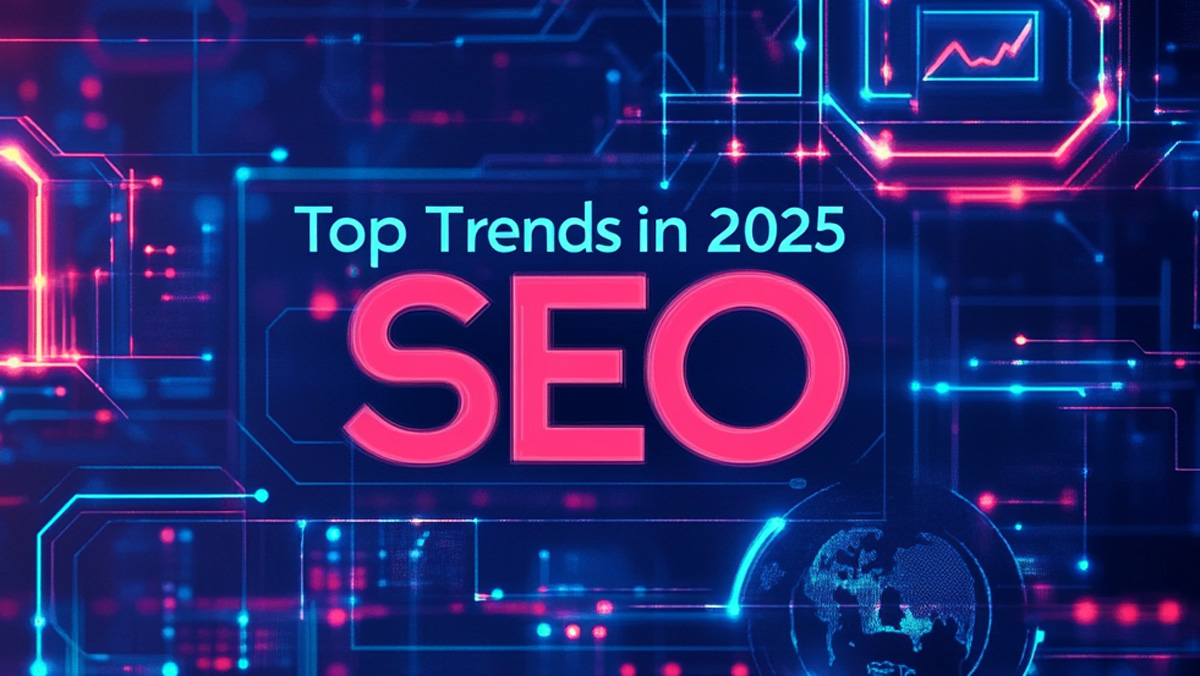
In today’s digital world, businesses that rank high on search engines see a massive boost in visibility and traffic. Did you know that 68% of all online experiences begin with a search engine? That's where Search Engine Optimization (SEO) and Search Engine Marketing (SEM) come in. While they might seem like rivals, these two strategies are actually more powerful together than apart. Let’s break down how SEO and SEM complement each other and help your business thrive.
SEO is all about improving your website’s organic search rankings. It focuses on optimizing content, improving site structure, and building backlinks to appear naturally on the search engine results page (SERP). On the other hand, SEM involves paying for ad placements on search engines. When done right, both strategies can work in harmony, each addressing different goals but driving traffic to the same end result: increased visibility and conversions.
Both SEO and SEM rely on critical elements such as keywords, content, and user experience. With SEO, you’re looking to build long-term success through technical optimizations, quality content, and a solid backlink strategy. In SEM, you’re leveraging paid strategies like Google Ads to capture immediate attention.
For instance, while SEO keywords aim to gradually move your content to the top, SEM uses keywords to instantly rank paid ads for the same search terms. According to SEMrush, paid search traffic can give businesses an immediate 200% increase in visitors. But here's the catch: SEM can burn through your budget fast, which is why SEO’s long-term organic growth remains crucial.
There’s no shortage of tools to help execute both SEO and SEM strategies. For SEO, tools like Ahrefs, SEMrush, and Google Search Console are essential for keyword research, backlink tracking, and technical audits. Google Analytics helps you track user behavior and optimize your pages for SEO.
For SEM, platforms like Google Ads provide keyword planning tools, insights into ad performance, and bidding strategies to maximize your return on investment. If you’re using Webflow (like we recommend at Two Impress), integrating tools like Google Analytics and Google Ads can streamline both your SEO and SEM efforts under one roof.
It’s easy to fall into traps when using SEO and SEM without a proper plan. With SEO, one of the biggest mistakes is ignoring technical SEO. Slow page speeds or poor mobile optimization can kill your rankings—especially when 53% of mobile users abandon a site if it takes longer than three seconds to load.
When it comes to SEM, the most common mistake is setting a budget and forgetting about it. SEM requires constant optimization—if you don’t tweak your bids, targeting, and keywords regularly, you’ll waste a ton of money. Neil Patel emphasizes that SEM is only effective when you "keep a close eye on ad performance metrics like click-through rates (CTR) and conversion rates."
SEO and SEM work best when used together. SEO builds your authority over time, while SEM gives you an immediate presence. Data from Ahrefs shows that websites that combine SEO with paid search efforts enjoy 50% higher click-through rates. For example, by targeting long-tail keywords in both SEO and SEM campaigns, businesses can capture a broader audience—those searching organically and those clicking on ads.
Moreover, running SEM campaigns provides valuable data for your SEO strategy. The keywords that perform well in your SEM campaigns can inform your content and keyword strategy, making your SEO even more effective over time.
The bottom line? SEO and SEM aren’t competitors—they’re partners. Together, they can cover the full spectrum of search engine visibility, offering immediate results through SEM while building long-term success through SEO. To get the best of both worlds, be strategic with your paid campaigns and consistently optimize your organic efforts.

